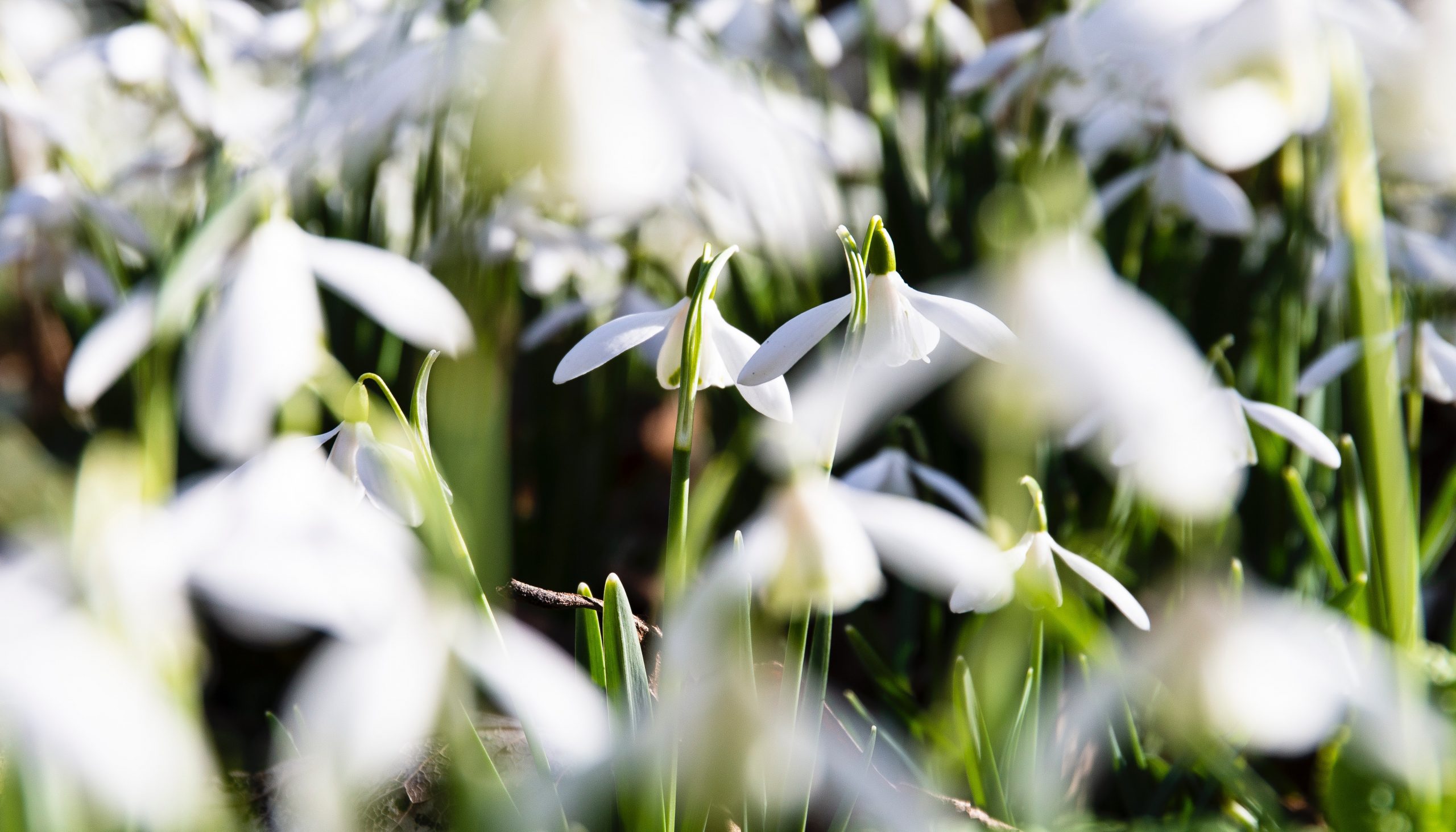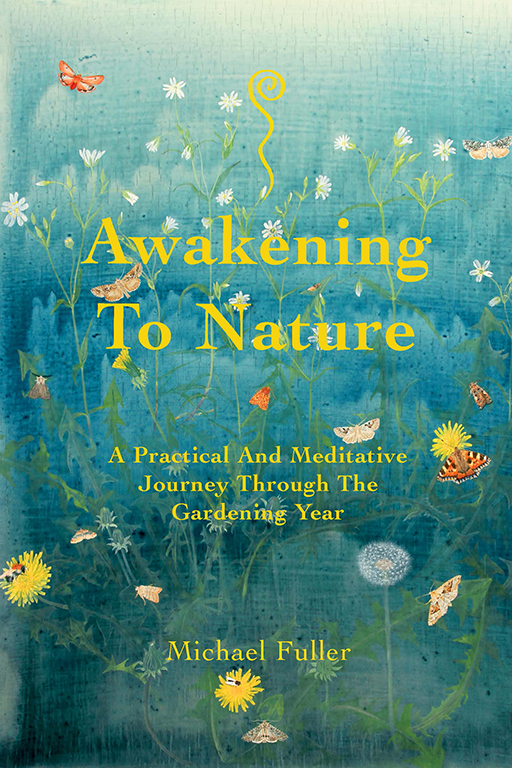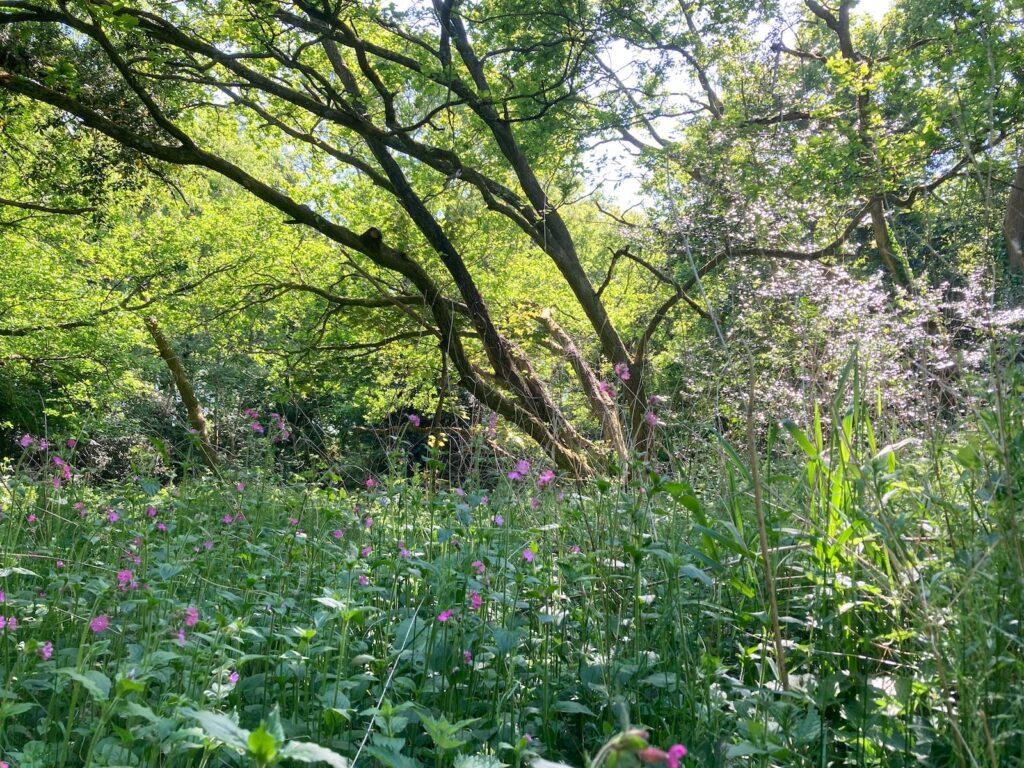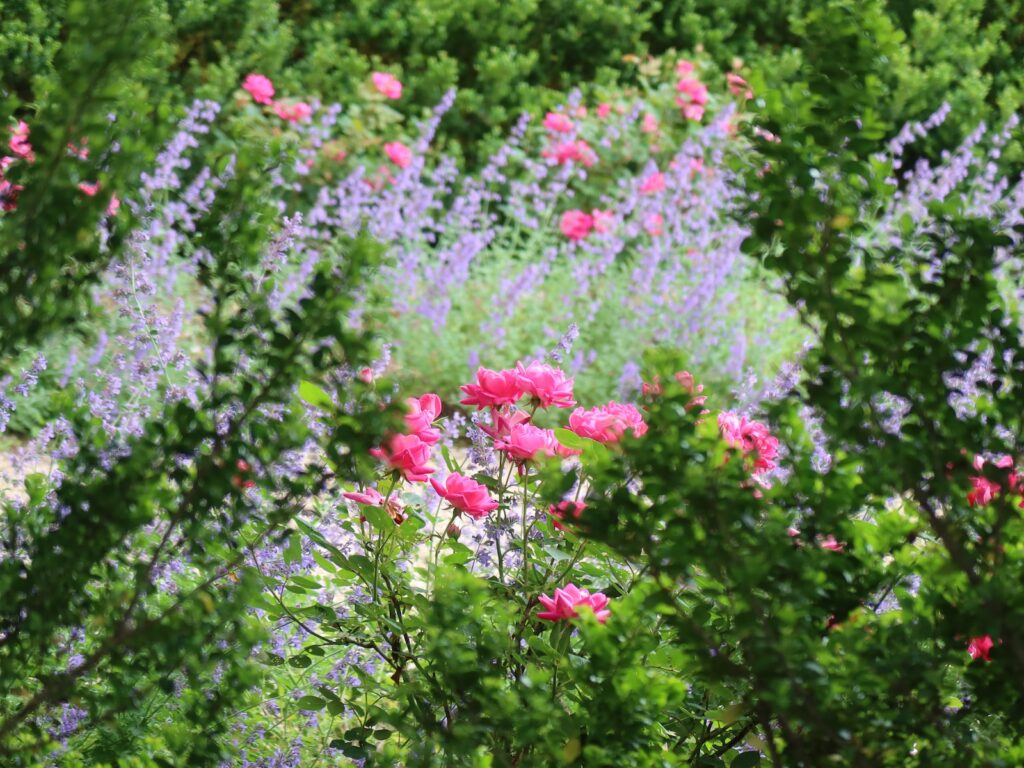The Garden in February – The Light Returns.

As we move into the month of February with its often bitter and cold weather gardeners might ask the questions: will Winter ever end? will our gardens ever be green again? will it ever change or will it stay dark forever? However, if we look closely at nature, the signs of awakening are all around: tree buds are beginning to thicken, snowdrops and crocus are now flowering, as well as many early blossoming shrubs like witch hazel, winter honeysuckle, daphne and camellias; additionally, since the New Year we can notice the lengthening of the days and the welcoming quality of this increased light. This twofold experience: a feeling of gloom and questioning set against the coming of light and growth is a key to understanding this moment in the gardening year and has been celebrated for centuries in different spiritual traditions. In the Celtic tradition, the beginning of February is known as Imbolc or St. Brides Day, whilst Christian tradition uses the term Candlemas. Essentially they are celebrating the same thing: the return of the light and the powers of growth, and often the rituals connected to these festivals involve the lighting of candles on or in the earth, a symbolic celebration of the mystery of the germination of the seed, and the fertile power of Gaia. Glennie Kindred writes in her book, The Earths Cycle of Celebration:
“Imbolc is a celebration of the life force. […] Here we can use the inner wisdom we have gained during the winter months and bring it out into the active part of the year. The spark of intuition and the intellect of consciousness join together to bring about fertility and growth on all levels. This union of the two aspects of ourselves creates a magical and fertile time, a time of awakenings and new beginnings, charged with the potency of rising energy […]. Our acceptance of Winter is giving way to an urge to move forward into Springtime energy. Now is the time to prepare inwardly for the changes which will come; plant our visions and ideas and leave them to germinate”.
What can we do as gardeners in this time to find a connection to all this? In February, formative pruning of fruit trees, shrubs and climbers can continue, by pruning, we acknowledge the transition from inner to outer and trust that by cutting and removing wood, we are also initiating new growth. Wisteria can be cut back to two or three strong buds and any young growth either removed or trained, this will help the plant have larger, stronger flower trusses in May. Clematis apart from the shrubby Montana variety can now be cut back hard, again a confidence in the mysterious inner power of regrowth. Dogwoods can be pruned now, the simplest way is to cut the whole plant down to the ground, they will regrow and they will soon reward us with their wonderful flame-coloured young stems. Fruit tree pruning (as discussed in my previous article) embodies the same process. Roses are the exception to this rule, as they flower on soft young growth, if we prune them too early the young shoots may well become frosted and flowering will be affected; pruning is best held off until March.
Another beneficial activity that can be carried out now is compost spreading. The compost which we collected in the previous summer is now ready for use and can be spread around the garden. This has a threefold purpose – firstly we empty the compost area ready for the new season, secondly, we bring much-needed fertility for the soil and thirdly it can help us form an imaginative connection to the quotation above: Summer’s growth is transformed through the “inner wisdom” of Winter composting, helping to bring about the Spring awakening. The vegetable patch is an obvious candidate for compost but it can also be put on flower beds as a mulch, both conditioning and feeding the soil as well as inhibiting weeds. Additionally, spreading it around the bases of roses and shrubs as well as fruit trees is also really beneficial. When mulching fruit trees remember to spread the compost lightly under the whole crown of the tree, not just close to the stem because the smallest and most active roots of the tree are the ones furthest away from the trunk. Although it may look a little untidy for a few weeks it will quite soon be taken down to the roots by both rain and earthworm activity and by the time of the first lawn cut, it will have disappeared.
A third way to connect to this time of year is to order seeds, the archetypal ’new beginning’. Where choosing seeds, as well as making the usual choices of flavour, pest-resilience and reliability in the case of vegetables, and longevity and flowering ability in the case of annual flowers, there are some other aspects to be aware of. Many seeds sold today are paradoxically not particularly garden-friendly, so look out for the following on the packet: 1)organic/biodynamic (grown in harmony with nature without the use of poisonous herbicides and pesticides) 2) Open-pollinated (insect-pollinated plants that produce nectar for bees, have built-in genetic diversity and can be saved for resowing). Thankfully there are a few companies in the UK that supply seeds that are both reliable and pest-resistant as well as being organic and open-pollinated, (although Tamar Seeds and the Organic Gardening Catalogue also sell non-open pollinated ‘F1 hybrids’, which should be avoided). The Seed Co-operative is the only UK-based company that sells exclusively organic/biodynamic and open-pollinated seed, I would therefore recommend them above others.
A final thought – as mentioned earlier the weather in February can very inclement, so alongside dressing warmly and being adequately prepared for all the elements, we can also prepare ourselves inwardly by aligning ourselves to the wisdom of those who have perceived the inner nature of this time. Rudolf Steiner’s Soul Calendar helps us here and the verse for the end of January can bring us a further poetic, meditative layer of connection (and inner protection?) and a glimpse into the hopeful Spring that will soon come!
“In this the shrouding gloom of winter
The soul feels ardently impelled
To manifest its innate strength,
To guide it into darknesses,
Anticipating thus
Through warmth of heart
The sense-worlds revelation”





